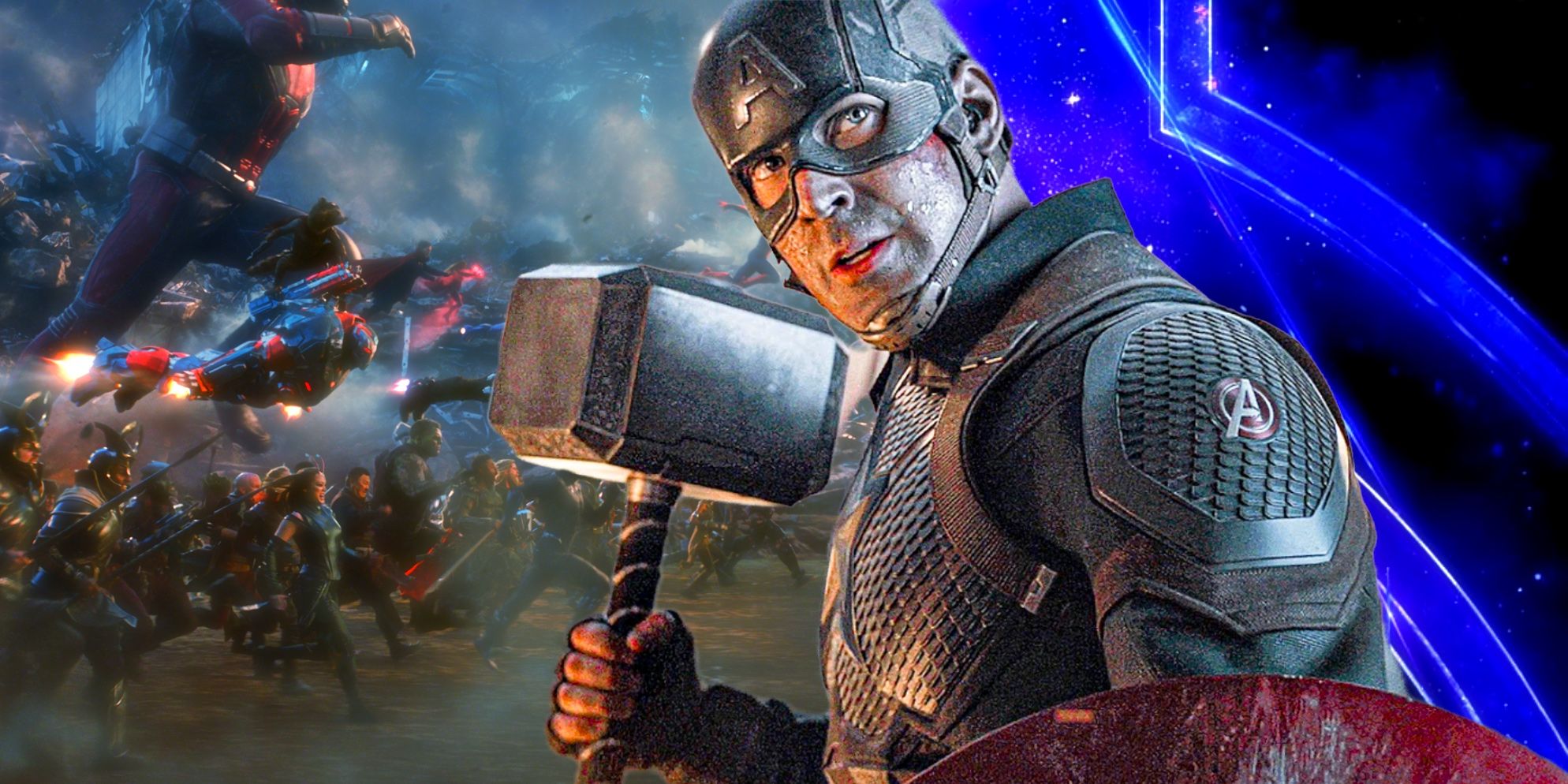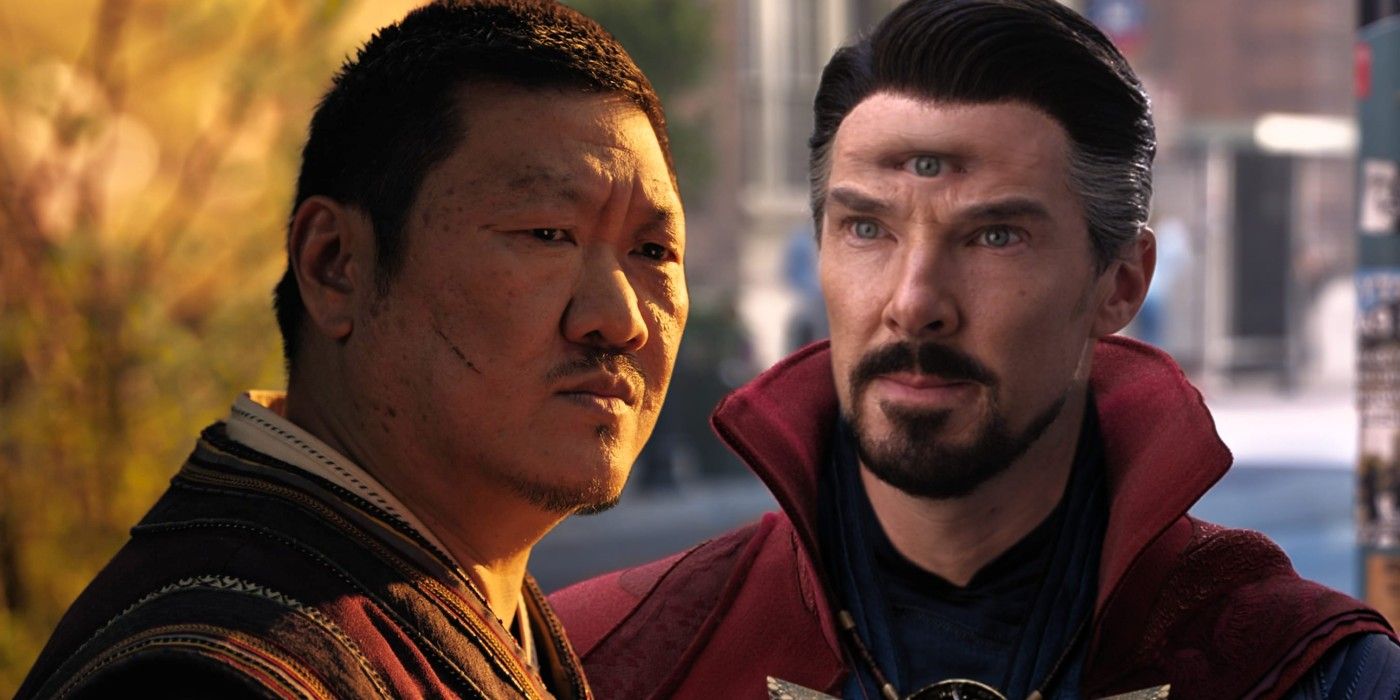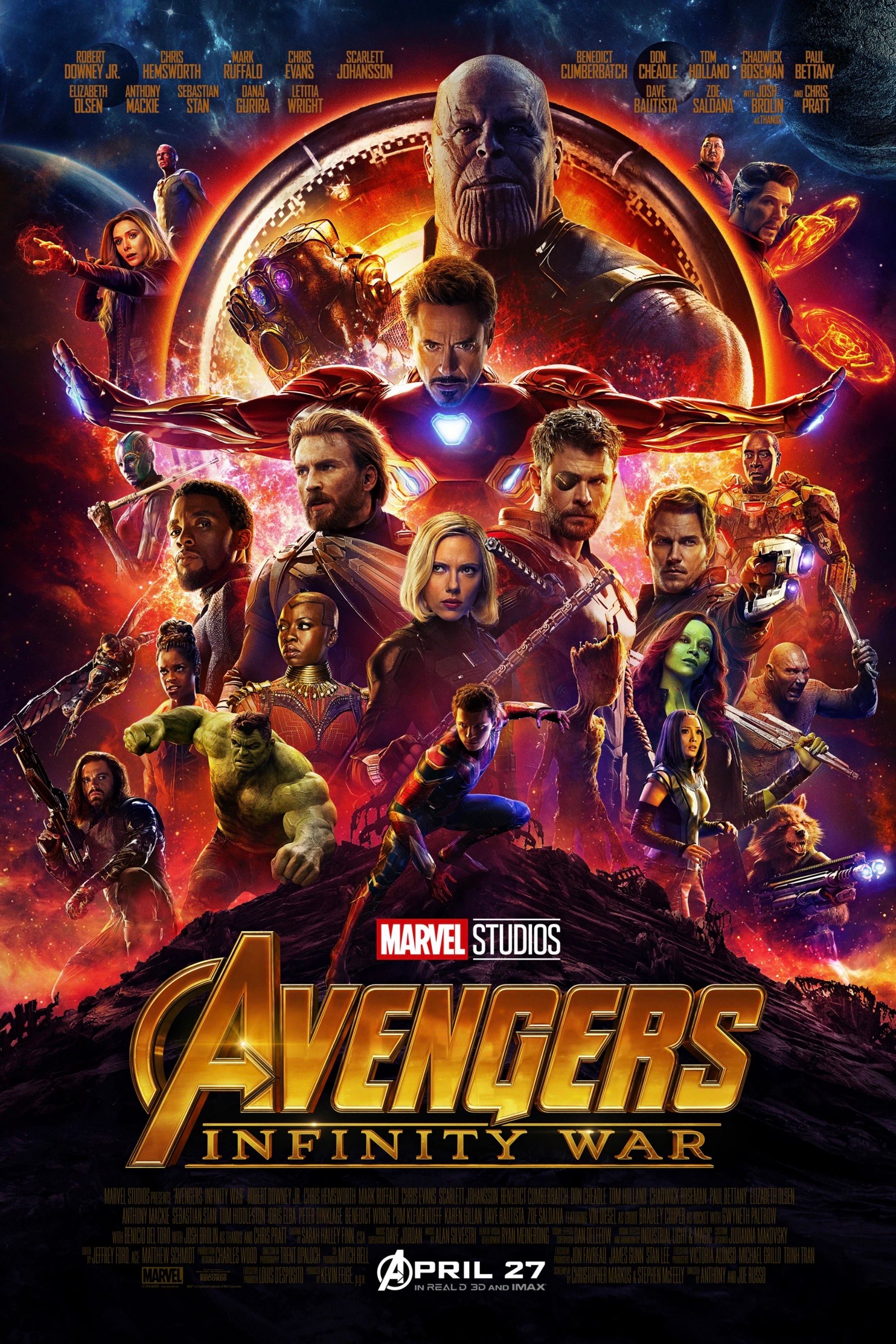
5 Years Ago, Infinity War Broke The MCU’s Post-Credits Trend & Marvel Needs To Learn From It
Summary
- Infinity War’s impactful post-credits scene broke an MCU trend, providing a clear path to Captain Marvel and Endgame.
- Unfulfilled post-credits can harm brand trust, making Infinity War’s approach all the more noteworthy.
- MCU’s evolving narrative needs consistent follow-through on teases to maintain audience faith and excitement.
Avengers: Infinity War broke a long-running trend in the Marvel Cinematic Universe with its post-credit tease. Since the first Iron Man started the MCU timeline, scenes inserted after the credits have become something fans can look forward to in each MCU offering. Beginning with the first appearance of Samuel L. Jackson’s Nick Fury putting together the Avengers Initiative, these scenes have generally been intended to hint at what is coming. This has caused audiences to examine every MCU post-credit scene in detail, especially since they often feature major cameos and reveal crucial future storylines.
Years after its first use, the post-credit scene has become crucial to Marvel’s storytelling. For example, Thanos was first introduced in the post-credit scene of the first Avengers. When done successfully, these build excitement for what is to come – but when the details that they point to are not fulfilled, however, it can lead to a lack of faith in the brand. After some lackluster teases, Infinity War‘s trend-breaking post-credits scene is more important than ever, and provides a useful example for upcoming Marvel movies and shows to look to in terms of how to travel new paths when it comes to this aspect of the franchise.
Related
Ryan Reynolds Completely Nails The Biggest Problem With The MCU’s Post-Credits Scenes
The MCU’s post-credits scenes are as expected as any Marvel trope, and Ryan Reynolds could not be more correct about the problem they pose.
Infinity War Broke The MCU’s Teaser Trend
The Post-Credit Scene Tied In To Captain Marvel & Avengers: Endgame
As the first installment in a two-part event, Avengers: Infinity War broke the MCU’s trend of teasing details with an unclear future. Instead, the film ended with a scene that saw Nick Fury sending a signal out to Captain Marvel before he was turned into a pile of dust. While this suggestion of the future has much in common with other Marvel post-credit scenes, the significant difference is that the payoff had already been decided and was already in production. Captain Marvel would return, and soon.
Showing more restraint than usual, Infinity War teased something coming to cinemas the following year. This treated the scene less as an empty promise for the future, and more as a concrete opportunity to get audiences invested in the next Marvel event. Clearly, this worked, with Avengers: Endgame going on to not just fulfill the post-credit tease but to make the most money of any Marvel movie ever.

Related
New Summer Movie Data Confirms What Every MCU Fan Knows About Avengers: Endgame
New movie data has confirmed a core truth about MCU blockbusters released during the summer, particularly when it comes to 2019’s Avengers: Endgame.
The Modern MCU Has A Major Problem With Unresolved Teases
Some Marvel Plot Threads Have Been Left Hanging For Years
It should be noted that some flexibility in planning has been part of the MCU’s spirit from the beginning. When Nick Fury first proposed the Avengers Initiative, concrete plans to make an Avengers film were not yet set. The studio was taking a risk on Iron Man, and they needed that movie to succeed before they could make a sequel, let alone a giant team-up movie. Still, the MCU is now such an enormous franchise with so much money and power behind it that their plans can be made a great deal more solid.
Things change over time, but new characters and plotlines teased in the films and series must reappear in a reasonable amount of time. It is currently unclear if Kang will be the major villain of another MCU project due to rumors of Avengers 5 having a new title, making the Council of Kangs scene in Ant-Man and the Wasp: Quantumania potentially meaningless. There is also no clear plan for anything with Clea or another sequel after Doctor Strange in the Multiverse of Madness. As years go by, faith in the cohesion of the MCU can begin to waver.

Related
Doctor Strange In The Multiverse Of Madness Ending Explained (In Detail)
Doctor Strange in the Multiverse of Madness wraps up one story while setting up a new one. We break down the ending, including one character’s fate.
The Biggest Loose Ends Marvel Hasn’t Tied Up
Some New MCU Characters May Never Be Featured Prominently In The Future
Very few of the post-credit scenes from Phase 4 onward have been seen through to their resolution. While Black Widow‘s end-credits scene has been touched on to an extent in Hawkeye and will culminate in Thunderbolts*, others seem less defined. Audiences have no idea when they will see Shang-Chi fight alongside Captain Marvel. Nearly three years after No Way Home, nothing has been done with the symbiote left in the MCU. This is especially egregious when recognizing that the total time between Iron Man and The Avengers was only 4 years.
Two of the more prominent examples feel especially tumultuous for the universe. For Eternals, Eros, Pip, and the voice of Blade were introduced, and none of them have been heard from since in the MCU. Following this, Thor: Love and Thunder introduced Hercules to the MCU. Yet none of these characters appear to have any direction or plans for what to do with them, making their Marvel post-credit scenes feel unimportant.

Related
The Perfect MCU Blade Introduction Has Already Been Set Up For 3 Years Now
Marvel teased Blade’s perfect MCU introduction in 2021, yet the set-up continues to be ignored as Mahershala Ali’s solo movie struggles to get made.
Marvel Studios has been in the process of making changes during the past year, seemingly having taken on audience complaints. Paying closer attention to the future teases for the universe seems in line with the MCU’s aims going forward, and ensuring that at least the meaningful ones have a clear point that they plan to lead towards would thus make sense. Building and retaining excitement in future projects will only work as long as the studio keeps rewarding that trust and paying those scenes off, like with the ones used in Avengers: Infinity War.

